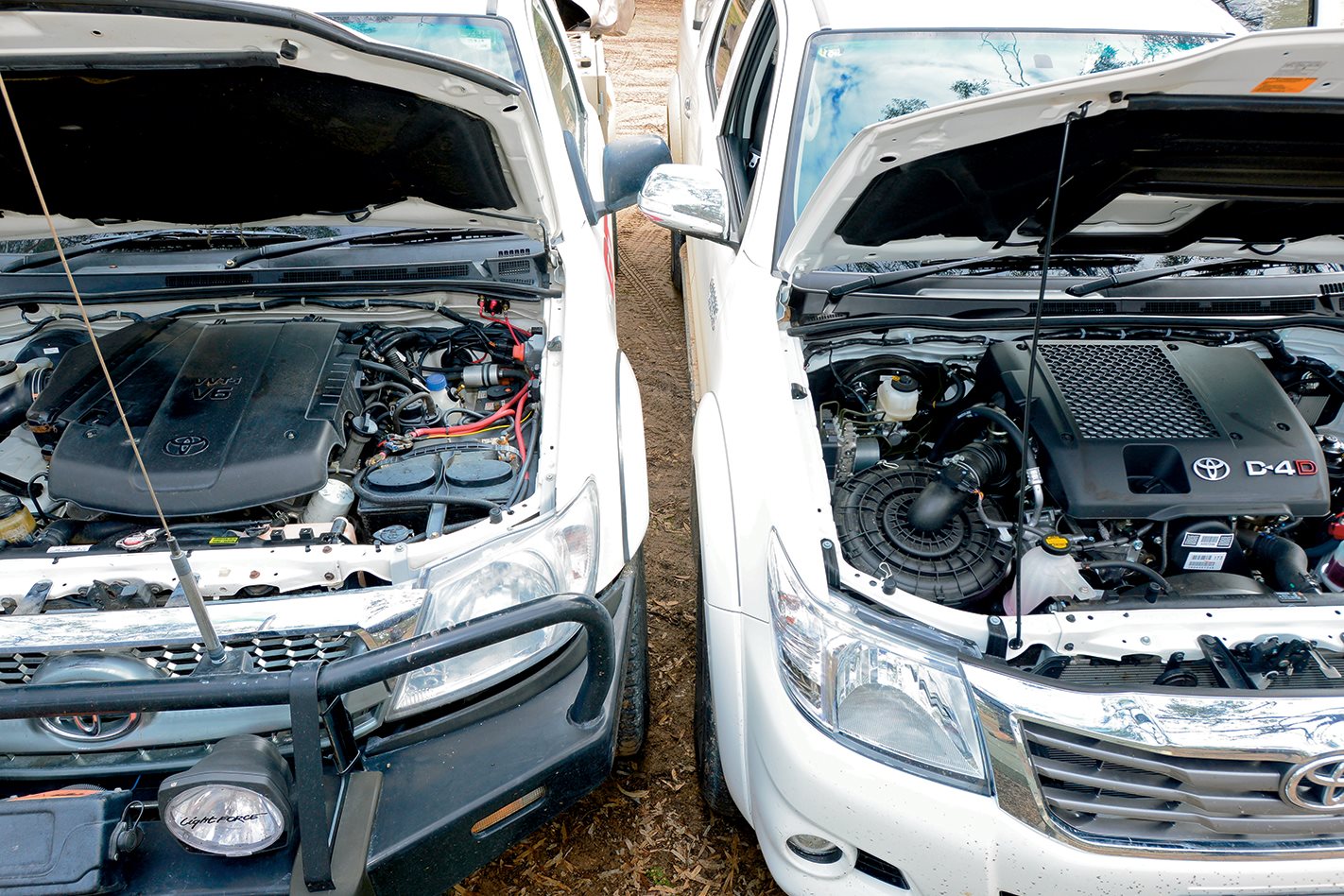
If you do a lot of touring, especially if you tow a caravan, then you need to read this. You may have an idea about which fuel is best for your application, but few fuel tests have been done as well as this to eliminate any speculation.
The last time our sister brand 4×4 Australia compared economy and cost was back in 2006 when fuel prices skyrocketed. The team took diesel and petrol versions of the then-new and still-current Nissan Navara and Toyota Hilux for a comprehensive ’burbs, bush and beach bash all in the name of research.
Since then, the Australian Government’s LPG technology incentive rebate has come and gone.
Also, several 4×4 vehicle manufacturers have reduced the availability of petrol engines or deleted them altogether, a decision driven largely by the mining sector’s need for diesel (minimal fire risk) and the ever increasing economy and power outputs from turbo-diesel engines.
With the popularity of Aussie travel increasing, and with plenty of budget-conscious buyers looking to buy a second-hand 4×4, we figured it was time for another look at fuels: petrol, diesel and this time, LPG for outback and bush travelling.

THE GUINEA PIGS
We needed vehicles to run the numbers and Toyota’s Hilux is a good choice. It’s available four-cylinder turbo-diesel engines and is one of the few commercial vehicles to continue offering buyers a grunty petrol option: a 4.0-litre quad-cam four-valve V6 petrol.
Its popular diesel ladles out strong performance lower in the rev range, making it a more confident and capable tow vehicle than some newer-design engines. It’s backed by a manual or automatic gearbox (as shown here).
Next to it, Toyota’s 4.0-litre V6 develops a little more power but less torque than the diesel, though thanks to a few tech tricks the lusty V6 manages to fill-out the lower part of the torque curve far better than its ‘revvy’ specifications and capacity might suggest. It certainly doesn’t need much clutch-feathering to get moving.
Petrol engines can be converted to run on cheaper, greener, liquefied petroleum gas (LPG) but this is not a showroom option on any 4×4 vehicle. So for this task, we used a camper-equipped 2005 Hilux SR 4WD 4.0-litre V6 fitted with an aftermarket LPG injection system to provide dual-fuel operation.
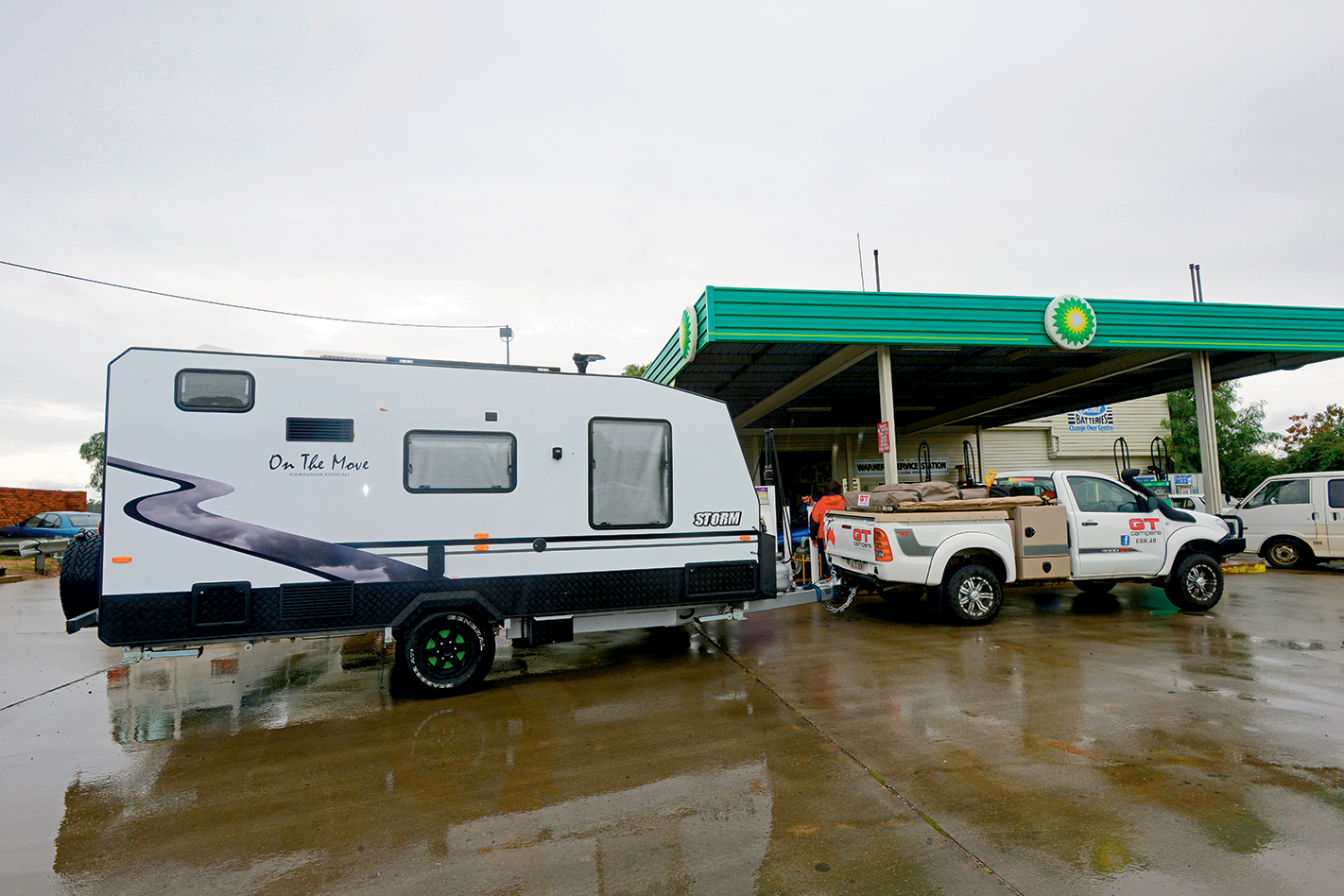
This LPG installation is just like a standard petrol injection system. In fact, the set-up interfaces with the factory Toyota ECU, copying the petrol injector’s behaviour to provide precise LPG delivery and engine outputs and driveability that are identical to petrol.
Even when in LPG mode, starting and warm-up happen on petrol. When the engine reaches operating temperature it almost seamlessly switches to LPG. If the LPG tank runs out, the system sounds a ‘no LPG’ warning to the driver and reverts to petrol operation.
This dual-fuel conversion provides reduced fuel costs, petrol servicing regimes (and prices) and extended range – very handy benefits for 4×4 owners.
The engine is also protected by a Valvemaster system to prevent or reduce valve seat damage as LPG burns hotter and is more aggressive on the exhaust valves. Note that while Toyota (and other manufacturers) offer an LPG option on some models, this one is an aftermarket system from Impco and is not endorsed or warranted by Toyota.
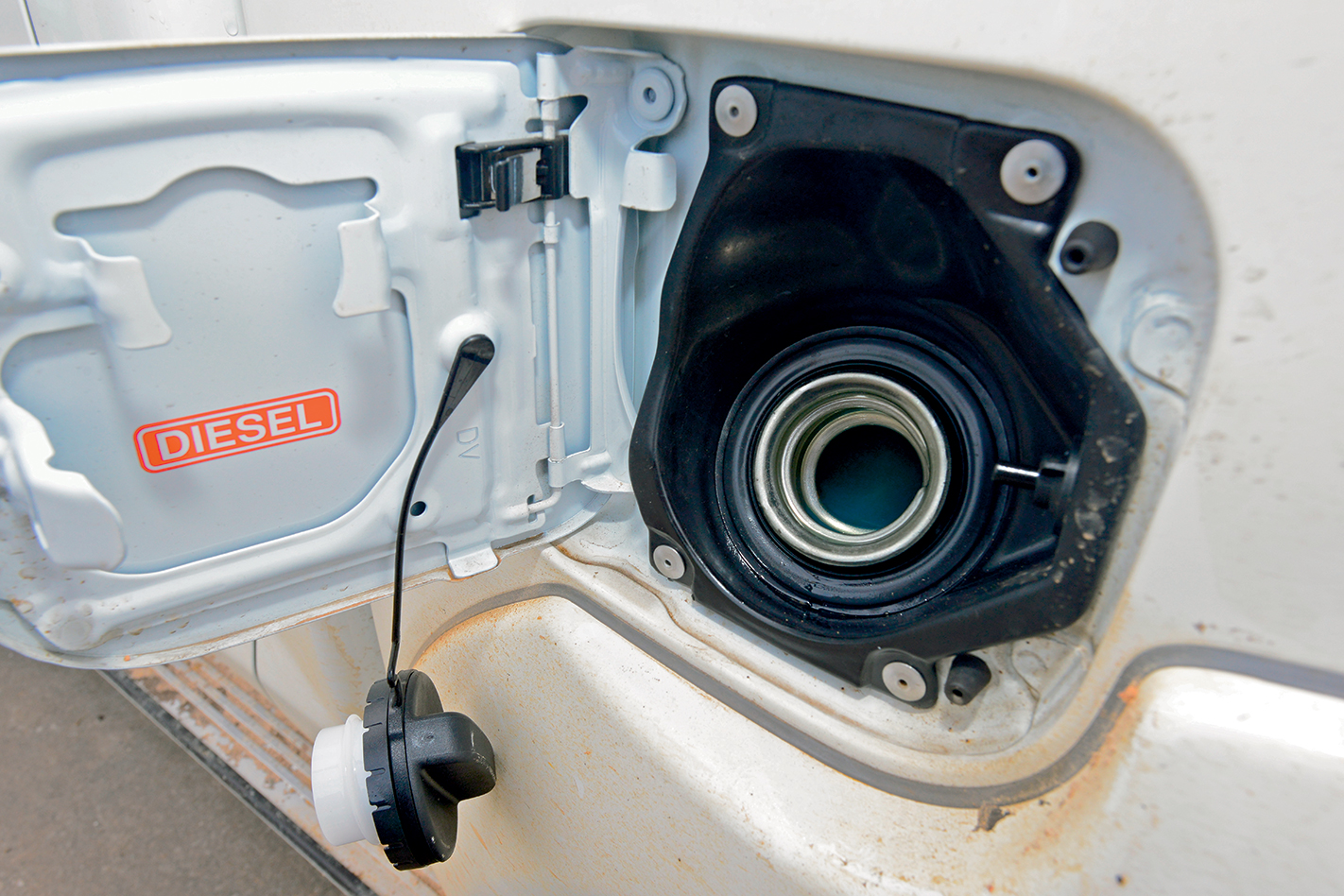
THE TEST AND THE TERRAIN
We laid-out an on-road test route in western Victoria. Our beginning and end point was Dimboola’s service station where we had a bit of space to pull-in and easily refuel with a caravan on the back.
Our loop was around 130km of mostly open 100km/h highway with a sprinkling of urban running through the small town of Horsham.
This allowed the three fuel types, in the two vehicles, to be assessed in real-world – and almost exact – conditions back-to-back. There was little change in elevation over the loop – in other words, there were no steep hills – and our aim was to derive comparative consumption figures between the fuel types in identical conditions which, with other costs such as servicing and LPG conversion pricing, would allow us to determine comparative costs.
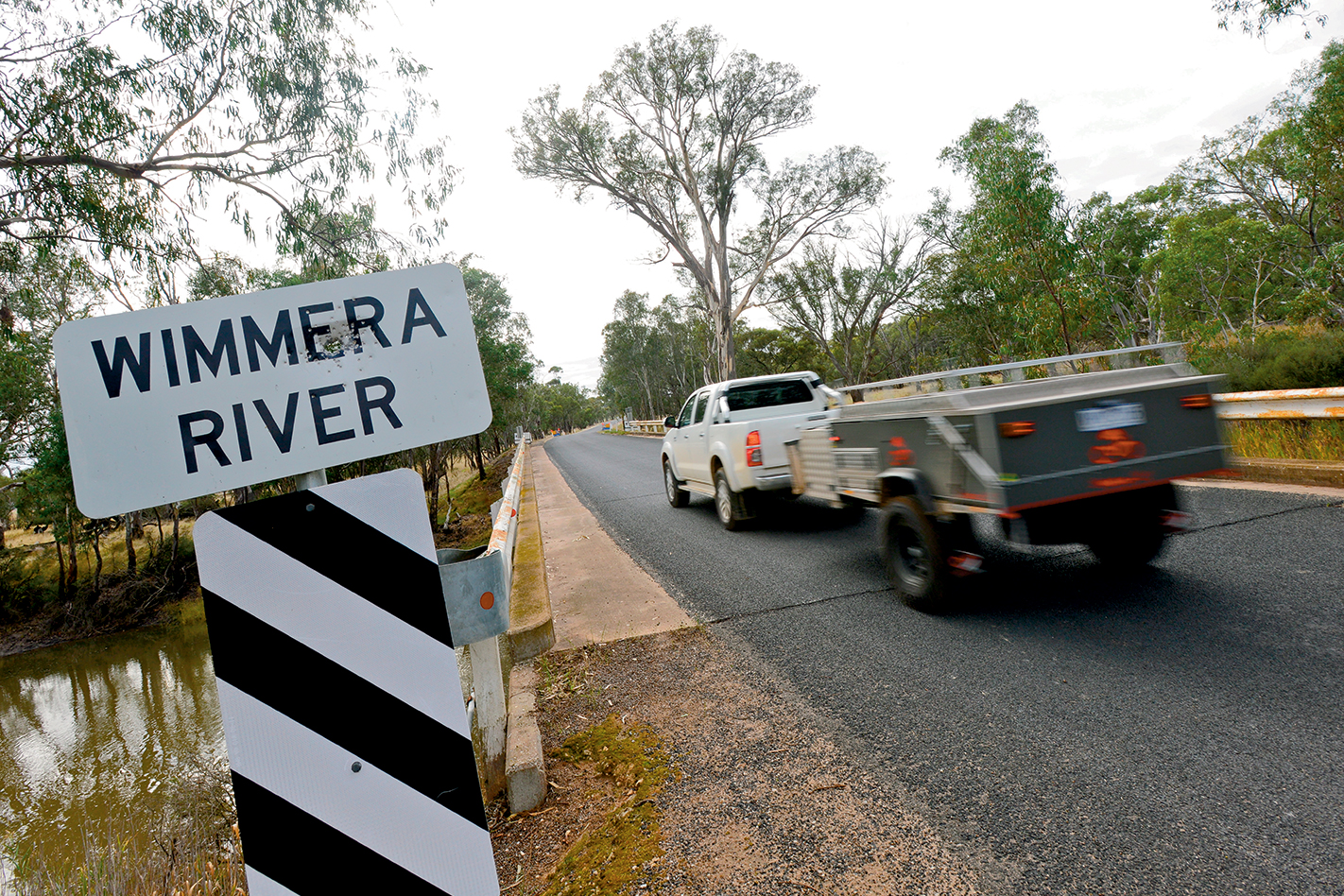
Measuring of the fuel used on each test loop was critical so it was important to reduce or eliminate what the white-coats refer to as introduced errors. Each tank was carefully and precisely topped-up before and after each test to provide an exact fuel use while using the same roads and even the same bowsers kept things scientific.
Each fuel type was used around our loop with nothing on the tail, an 800kg Cub camper trailer and a 2.2-tonne caravan. The two vehicles carried different hardware but were piloted by the same driver and, as mentioned, each test loop was replicated as exactly as possible right down to idling time at, and acceleration from, traffic lights and 100-to-40km/h deceleration for road works.
Acceleration requires significant fuel burn – more than idling at lights – so replicating these situations each time was critical to the validity of the test.
THE NUMBERS
Most people who have been around 4x4s, towing and travelling for a while won’t be surprised to learn that the diesel Hilux’s fuel use was, on numbers alone, the most economical in all three situations, whether towing a trailer, a ’van or nothing.

But what of actual running costs? Petrol was 156.9c, diesel 161.9c and LPG 92.9c. Without doing the sums it’s easy to see that diesel’s similar bowser price but more frugal burn means it’s the pick of the pair… but by how much?
And is LPG a viable alternative to diesel for overall running costs?

So, what’s the outcome of all this? Firstly, there’s no doubt that diesel is the fuel of choice for many of us for good reason – vehicles that use it are more frugal, especially when doing the hard yards towing.
What we haven’t analysed is the increased servicing costs of diesel vehicles compared to petrol and dual-fuel machines. This varies by brand and model but in general, diesels need more frequent servicing, with more expensive oil, and more of it, plus higher labour costs. This eats away at any day-to-day savings created by greater fuel economy.
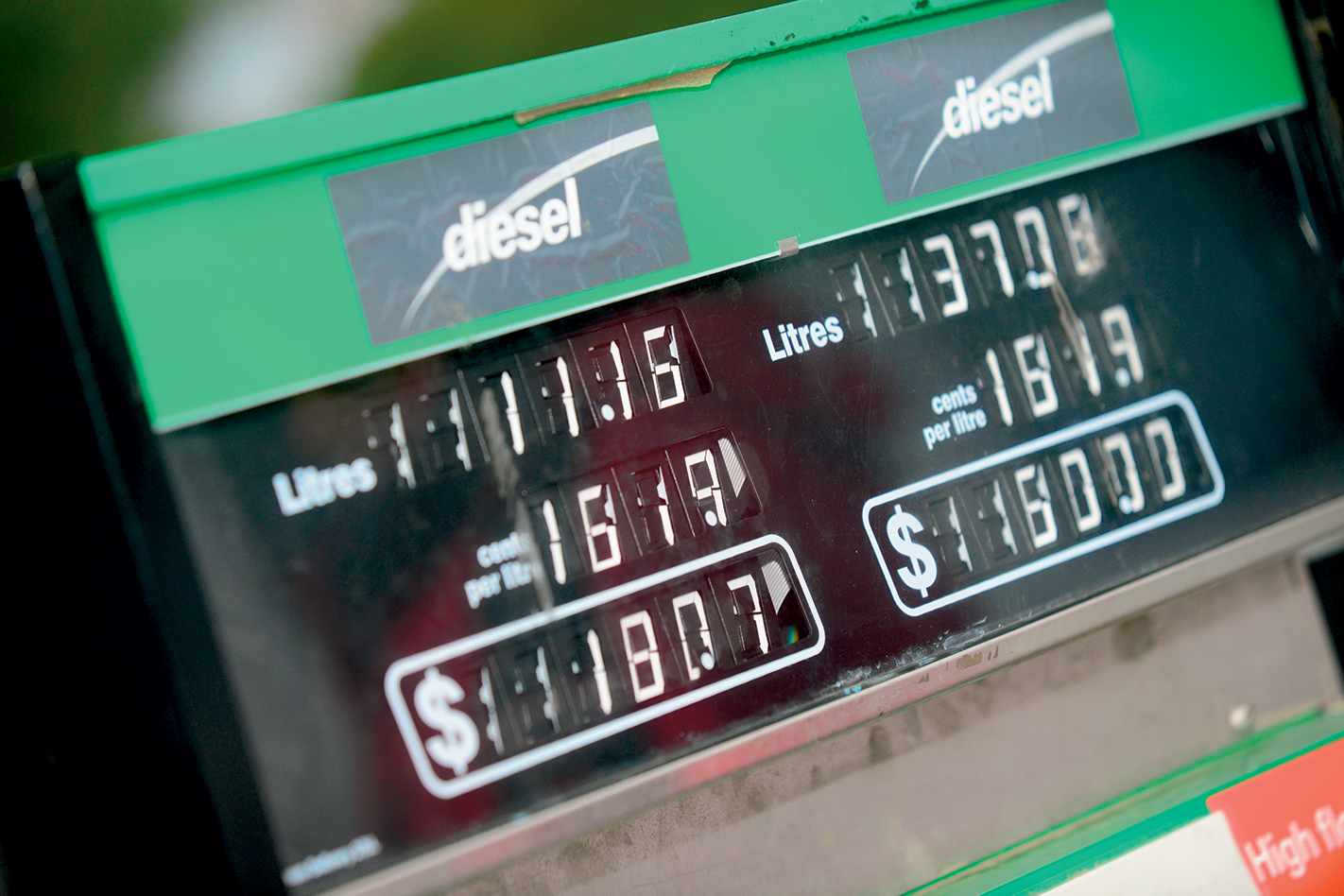
Fixed price servicing as offered by most new car manufacturers these days takes the guess work out of estimating your overall service costs when comparing between fuel and/or vehicles. Similarly there is the extra cost of an LPG conversion: around $4000 for the clever dual-fuel EFI system as featured here. In 2008 the Australian government started offering a rebate for LPG conversions as it is a demonstrably cleaner fuel than petrol and (especially) diesel.
Unfortunately this rebate came on an end on June 30 and with an increase in the tax/excise on LPG, this fuel is having its decades of outstanding appeal for cost-conscious (and more environmentally aware) motorists eroded by fiscal policy.
While we’re talking costs, we paid rural prices for our three fuels. Closer to town, prices are lower – especially, proportionately, for LPG which means even further savings which brings LPG even closer to the per-100km cost of diesel but with petrol-vehicle servicing costs.
Diesel has wide appeal for good reason but do the sums and an LPG conversion on an older petrol-powered ute or wagon can make owning a 4×4 vehicle more affordable on a dual-fuel conversion than on diesel in the long run.
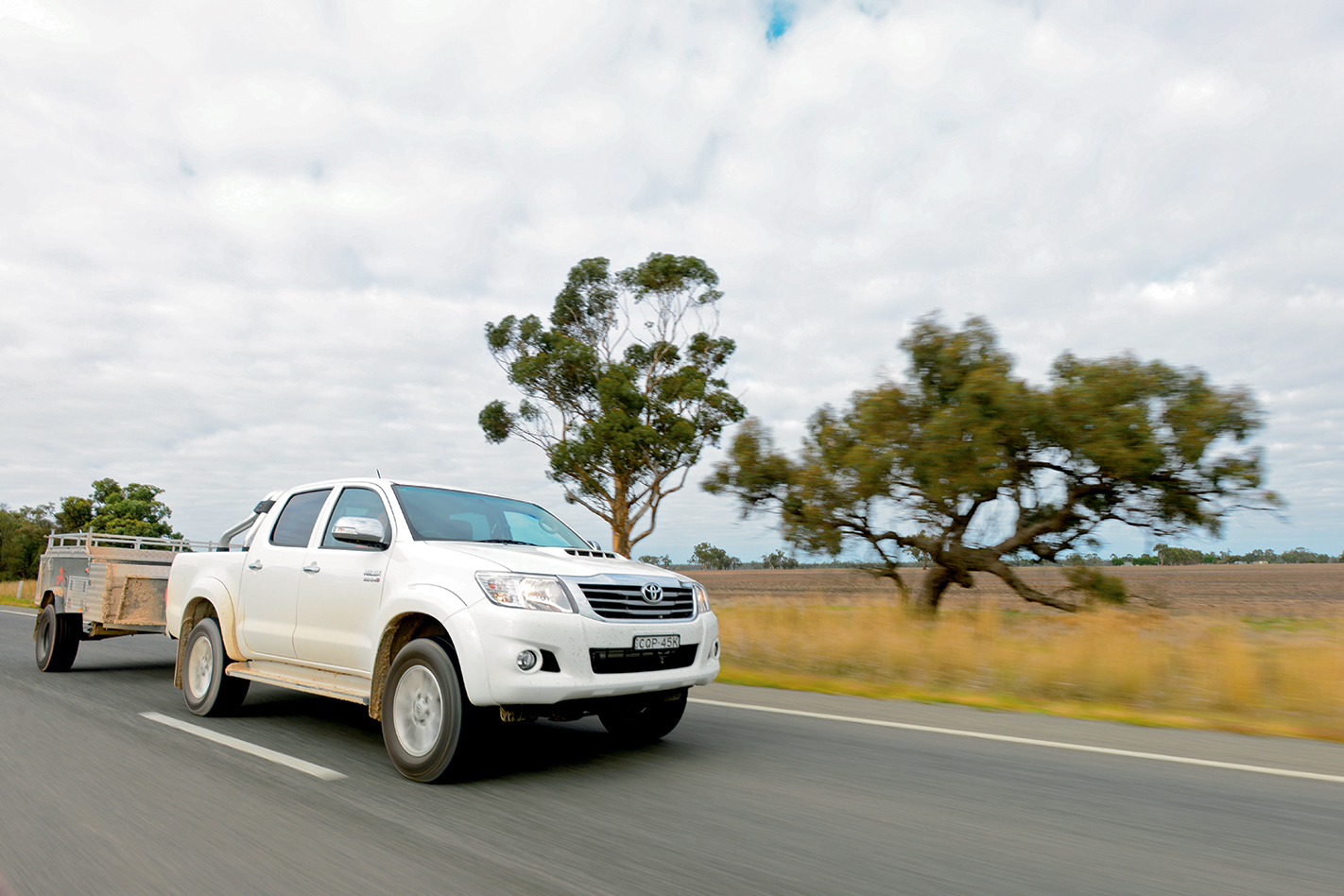
HOME ON THE RANGE
As well as reducing day-to-day running costs, an LPG dual-fuel conversion can increase your 4×4’s touring range by several hundred kilometres, by adding 60 or more litres of LPG to the petrol tank’s capacity. That means you may not need to carry jerries or install a purpose-built long-range petrol tank for a remote area trek. When touring, it’s a good idea to use the petrol first and keep the LPG for the home run – you’re more likely to find petrol and hence be able to top-up in remote areas… that’s impossible with a full petrol tank if you have been burning the LPG first!
CARRYING THE EXTRA FUEL
When converting to LPG, most vehicles’ spare wheel needs to be relocated to create space for the LPG tank. On the vehicle we used for testing, the spare wheel is relocated to the top of the storage cabinet behind the cab to make space under the tail for a toroidal (donut-shaped) 70L LPG tank. The slight extra depth, compared to a spare wheel, doesn’t affect ground clearance or departure angle.
Some 4x4s can have the rear-most of their two factory-fitted petrol tanks removed to create under-vehicle space for an LPG tank. Of course those popular touring vehicles also can have their remaining petrol tank replaced with a long-range version to provide even more outback touring range, coupled with LPG economy in town.
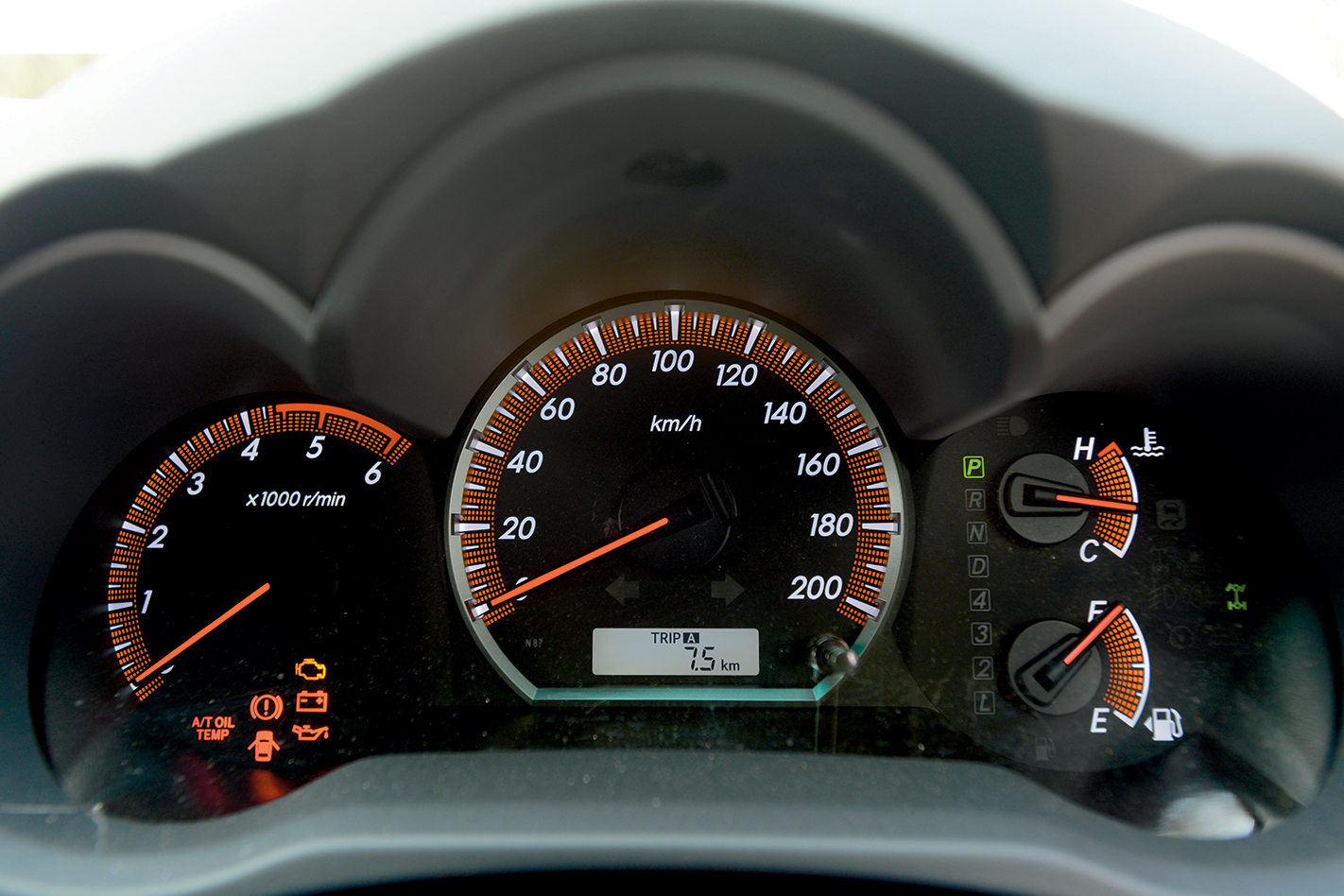
LIVING WITH LPG
LPG provides economical running but reduces absolute range. A valve-saver system is necessary but cheap (around $100 plus fitting) protection against valve seat recession for many engines due to the potentially damaging hot-burning nature of LPG. New-generation LPG systems start and warm-up the engine on petrol so the standard petrol injectors are flushed with fresh fuel at every start-up to prevent seizing and gumming: keep the petrol in the tank fresh by consuming it all and refilling (even if it is to only 1/3 or ½ full) every month or so in suburbia.
LPG AND DIESEL
It’s possible to install LPG on a diesel vehicle, too, but the outcome is different to that on a petrol/LPG dual-fuel vehicle. According to Diesel Gas Australia, introducing a small amount of LPG to a diesel-burning engine allows it to produce more power and torque with less diesel consumption.
The LPG works to improve the burning of the diesel, it does not replace diesel completely as LPG does in a petrol-powered engine. This better burn of the diesel thanks to the presence of LPG boosts torque and power. As the LPG is a ‘power adder’ fuel, its consumption in a diesel vehicle is a small proportion of the distillate burn. Of course, we couldn’t test this in our test loop, but more grunt and better economy is worth crunching the numbers for!



